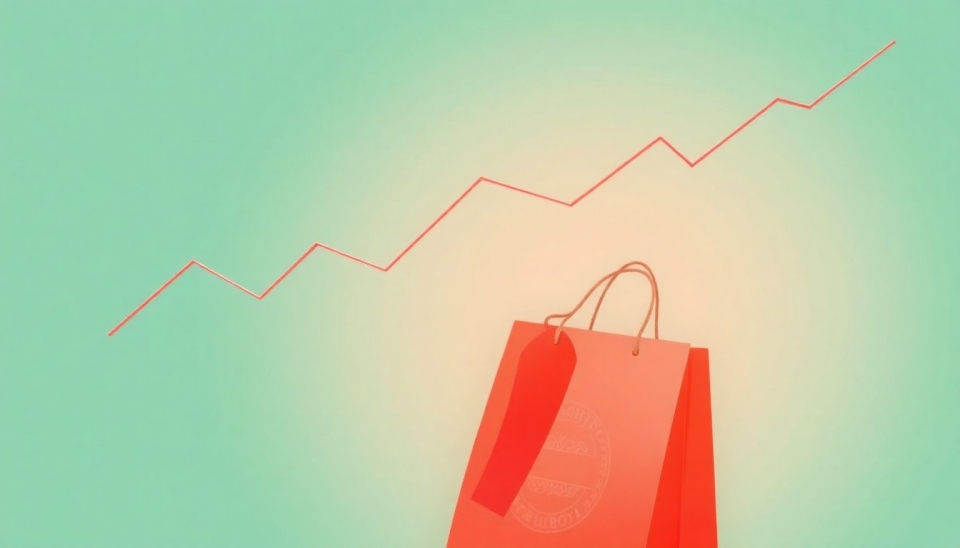
The retail sector is experiencing a significant rebound, delivering its fastest sales growth in two years, driven largely by consumer panic over potential tariffs. This sudden spike in shopping activity reveals a complex interplay between economic policy and consumer behavior, as fears of increased prices prompt shoppers to rush to stores before potential levies take effect.
According to recent data, retail sales surged by 1.3% in March, signaling a robust recovery since the beginning of the year. The increase outpaced expectations of economists, creating a wave of optimism in the retail market. This growth is not just a seasonal blip; analysts believe it reflects underlying shifts in consumer sentiment amid ongoing trade negotiations.
Consumers are acting fast, with many opting to purchase big-ticket items sooner than planned, driven by the belief that prices could soon rise due to tariffs. Categories seeing the most significant gains included electronics, clothing, and home furnishings, all of which are highly susceptible to international trade policies.
Economists suggest that this behavior indicates a growing confidence in the economy, yet they caution that the current boost in sales could be short-lived. The uncertainty surrounding tariffs may lead to fluctuating consumer habits as individuals navigate potential price increases and availability issues."
Retailers, on their part, are gearing up for this rush by accelerating inventory replenishment and enhancing promotional efforts. Brands are hoping to capitalize on the heightened urgency among shoppers, implementing sales strategies designed to entice consumers before prices potentially skyrocket.
As the retail environment evolves, businesses are also considering long-term adjustments to pricing strategies aimed at mitigating the impact of tariffs on their bottom line. Some are even contemplating diversification of their product lines and sourcing methods to counteract the volatility brought on by international trade disputes.
While the surge in retail sales presents an opportunity for growth, analysts warn that impending policy decisions could reverse this momentum. Economic watchers are keenly aware that sustainability in retail recovery depends on stability in consumer confidence, which is closely tied to the broader economic and geopolitical landscape.
As the world watches, the coming months will determine whether this shopping boom is a flash in the pan or a precursor to sustained growth in the retail sector. For now, shoppers continue to hit the stores, driven by a blend of anxiety and opportunity.
In conclusion, the recent sales growth highlights the direct relationship between economic policy discussions and consumer actions—a relationship that both retailers and shoppers will need to navigate carefully as they move forward in an increasingly complex market environment.
#RetailSales #TariffAnxiety #ConsumerBehavior #ShoppingSurge #EconomicGrowth #TradePolicy
Author: John Miller
